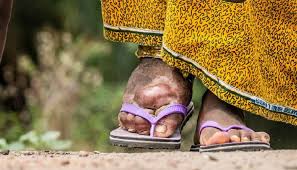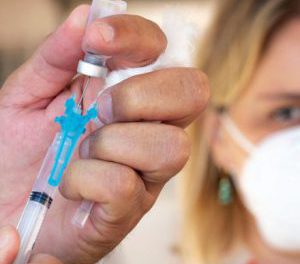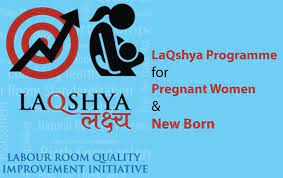October 18, 2024 – India’s efforts to eliminate lymphatic filariasis (LF), commonly known as elephantiasis, are making significant strides, experts reported on Thursday. Through Mass Drug Administration (MDA), community mobilization, and robust public health initiatives, the country is reducing the prevalence of this debilitating disease, which continues to affect thousands in endemic areas.
Lymphatic filariasis, a parasitic disease transmitted by the Culex mosquito, thrives in areas with stagnant water and poor sanitation. The condition causes severe swelling of limbs (elephantiasis) and other chronic symptoms, imposing heavy physical, social, and economic burdens on patients and their families. Although not fatal, LF is the second leading cause of long-term disability worldwide after leprosy.
To tackle this public health threat, the Indian government launched the nationwide MDA campaign in 2004, which has been critical in controlling and preventing LF. The campaign saw a remarkable 82.5% coverage in 2023, reaching millions through door-to-door administration of preventive medications in LF-endemic areas.
Rajshree Das, Senior Director at PCI India, which provides technical assistance to the National Vector Borne Disease Control Programme (NVBDCP), emphasized the importance of a collaborative approach in combating LF. “Lymphatic filariasis is a complex disease with social, environmental, and economic determinants. It requires inter-sectoral convergence, and the government has made this a central part of its elimination strategy,” she noted.
India Aims to Eliminate LF Ahead of the Global Target
In March 2023, the then Union Health Minister, Mansukh Mandaviya, announced an ambitious goal to eliminate lymphatic filariasis in India by 2027—three years ahead of the global target set for 2030. This target underscores the government’s determination to accelerate efforts, particularly in states like Bihar, Jharkhand, Karnataka, Odisha, Telangana, and Uttar Pradesh, where the disease is most prevalent.
To further this goal, the second phase of the bi-annual nationwide MDA campaign was launched in August 2024, targeting 63 districts across these states. The MDA campaign plays a crucial role in reducing the transmission of LF by administering a combination of medicines that kill the parasite in the bloodstream.
Addressing the Long-Term Impact: Morbidity Management and Disability Prevention
India’s LF elimination strategy extends beyond prevention. A critical component of the national plan is the Morbidity Management and Disability Prevention (MMDP) program, which provides essential support for those already affected by the disease.
“MMDP involves distributing kits for home-based management of lymphoedema, offering free hydrocele surgeries in district hospitals and medical colleges, and issuing disability certificates to eligible patients,” explained Das. These services are provided free of charge, ensuring access to care for the most vulnerable populations.
In addition to medical interventions, community engagement is pivotal. Accredited Social Health Activists (ASHAs), along with community leaders, women’s self-help groups, and civil society organizations, have played a vital role in mobilizing participation in MDA campaigns. Through door-to-door visits, health education sessions, and public awareness campaigns, these frontline workers ensure communities understand the importance of taking preventive medications.
A Call for Continued Collaboration and Innovation
Experts warn that the fight against lymphatic filariasis must continue with renewed energy and collaboration. Dr. Aruna Sharma, a development economist and retired Government of India secretary, emphasized the role of technology and education in advancing LF elimination efforts. “We need to integrate technology and inclusive education models at the grassroots level to spread awareness and facilitate access to treatment,” she stated.
With over 6.19 lakh cases of lymphoedema and 1.26 lakh cases of hydrocele reported in 2023, India’s battle against LF is far from over. However, the comprehensive approach—combining MDA, morbidity management, and social mobilization—puts the country on a promising path towards eliminating the disease and improving the lives of millions affected by this neglected tropical disease.
As India marches toward its 2027 target, the success of these initiatives will depend on sustained public health efforts, political will, and community involvement in every corner of the country.











